William Morris Biography: William Morris was an English architect, textile designer, and poet born in 1834. Morris was associated with the Pre-Raphaelites.
William Morris Biography
As a poet, he wrote predominantly for the modern fantasy genre and also was part of the Socialist movement in Britain during the 1800s.
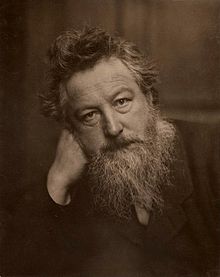
Most of Morris’s writings were Pre-Raphaelite and dark which was unfamiliar to many.
William Morris Designs
While Morris spent a majority of his life as an architect and working with textile designs, he was also a writer. He wrote fiction, poetry and translated several ancient and medieval texts into English.
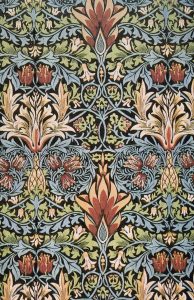
After meeting Eiríkr Magnússon, Morris learned the Icelandic language and translated several Icelandic pieces of writings into English.
Some of these were The Saga of Gunnlaug Worm-Tongue, Grettis Saga, and the Story of the Volsungs and Niblungs. These translations are also available in his volumes of poetry.
William Morris’ Work as a Translator
Many of his writings were made into a book, Morris’s Collected Works by his daughter, May. This edition which was compiled by her ran up to 24 volumes.
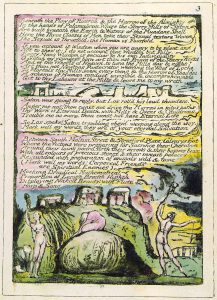
At the age of 22, Morris started to publish poetry in the Oxford and Cambridge Magazine. His first compilation was The Defence of Guenevere and Other Poems, which he wrote and published at the age of 24.
Literary Career
Due to its dark nature, many did not appreciate it and he was encouraged to write happier pieces rather than the morbid themes which were prevalent in this volume. Some of the pieces in this compilation of poems are The Haystack in the Floods and Masters in this Hall.
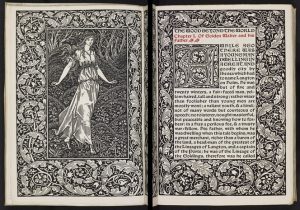
When it came to prose, Morris wrote a lot of fantasy fiction, mainly novels. These novels were The Wood Beyond the World and The Well at the World’s End. These novels served as inspirations for many authors in the later part of the 1900s.
They were a breakthrough since not many literary pieces with a fantasy theme existed during the 1800s. They were written during the last few years of Morris’s life.
Influences of William Morris
Many modern authors were heavily inspired by Morris’s works. C. S. Lewis’s The Chronicles of Narnia is said to have been drawn from The Wood Beyond the World. J. R. R. Tolkien also admitted having been influenced by Morris’s
The House of the Wolfings and The Roots of the Mountains. Tolkien even tried a retelling of a Finnish folk story, Kalevala in the style of The House of the Wolfings.
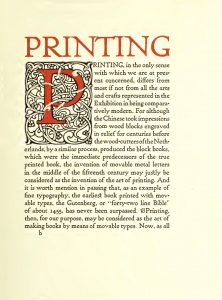
Many of The Lord of the Rings characters’ names have been based on names from Morris’s works. Sir Henry Newbolt, as well as James Joyce, were said to be inspired by William Morris. Read about William Morris Stained Glass Windows.. Read about William Morris Stained Glass Windows..
Death
Nearing the end of his life, Morris became an invalid due to his gout and epilepsy. The death of his mother also affected him to a large extent. the shock made him unable to function normally and was completely dependent on help from others.
His condition worsened as the years went by and he started to hallucinate too. Later, he was also diagnosed with tuberculosis. Due to these problems. Morris’s health rapidly deteriorated and he died on October 4, 1896.
More Info On- John Philip, John Leech, Richard Dadd, Henry Nelson, William Powell